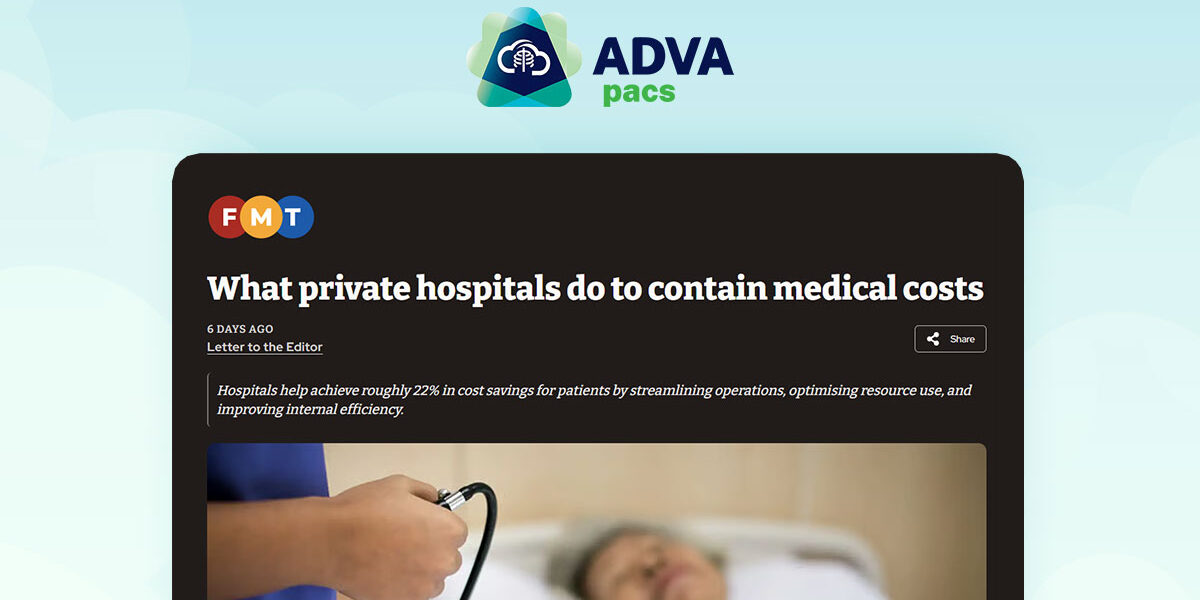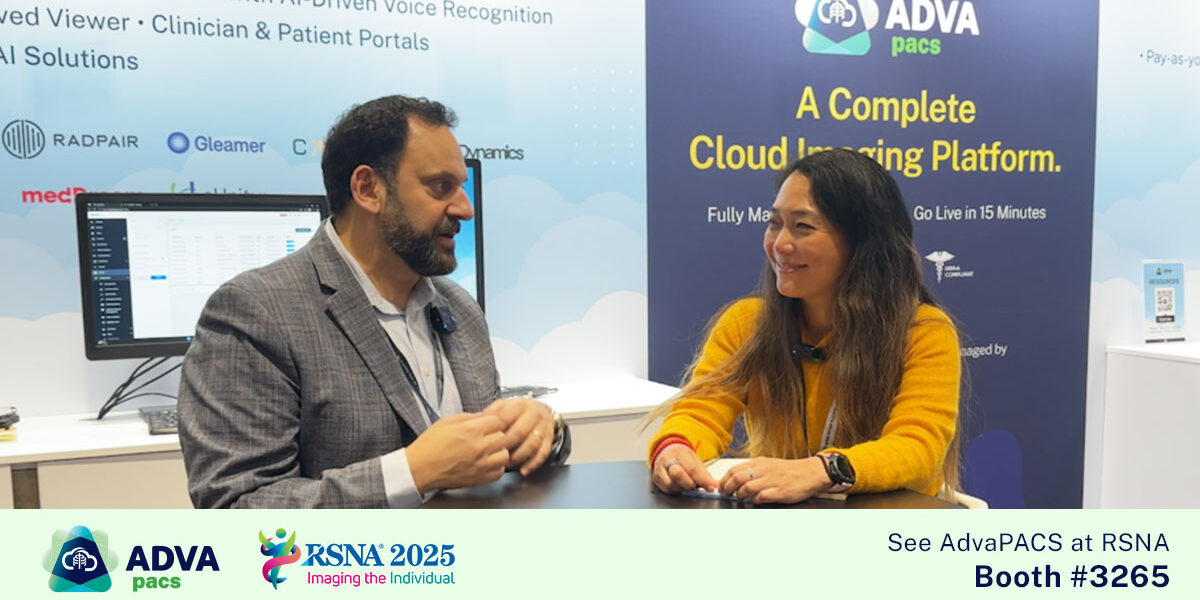The market for clinical AI is exploding. There are hundreds of innovative tools, each promising to revolutionise diagnostics. For a hospital CTO, this presents a strategic dilemma: the best AI for stroke detection today might not be the best tomorrow, and it almost certainly comes from a different vendor than your lung nodule algorithm.
How do you invest in this future without getting locked into a single vendor’s closed system?
The answer isn’t found in the AI tools themselves. It’s in the interoperability of your PACS. Your PACS should be an open platform for innovation, not a prison that limits your choices.
The Problem: The Strategic Trap of "All-in-One" Legacy Systems
Traditional PACS vendors are now trying to sell their own built-in AI modules. While convenient on the surface, this “all-in-one” approach is a strategic trap. It leads to:
- Vendor Lock-In: You become dependent on that single vendor’s innovation cycle. If their AI tools are mediocre or fall behind the market, you are stuck with them.
- Stifled Innovation: Your clinicians are forced to use the tools your PACS vendor provides, not the best-in-class tools they want from the wider market. This limits their ability to deliver the best possible care.
- Massive Integration Headaches: Trying to connect a superior third-party AI tool to a closed, on-premise PACS is a slow, expensive, and custom-coded nightmare. The system is fundamentally not designed to communicate with the outside world.
The Solution: Cloud-Native Interoperability as Your AI Strategy
A truly modern PACS is built on a cloud-native foundation with one principle at its core: open interoperability. This is what “AI-ready” actually means.
Unlike monolithic legacy systems, a platform like AdvaPACS is designed to connect. This is achieved through a modern, API-driven architecture. Think of it like building with LEGOs (APIs) instead of trying to carve a hole in a solid block of concrete (legacy PACS).
This API-first approach provides three critical advantages:
- Freedom to Choose the Best Tools: You can create a “best-of-breed” ecosystem. Plug in the leading AI algorithm for neurology from Vendor A and a top-tier tool for cardiology from Vendor B. The platform doesn’t dictate your clinical choices; it enables them.
- Rapid Deployment and Scalability: Because the connections are standardised, deploying and testing a new AI tool takes weeks, not months. The cloud’s elastic infrastructure means you can scale the required computing power instantly to support these tools without buying new hardware.
- A Future-Proof Platform: When a groundbreaking new AI application appears on the market next year, you are ready. Your open platform can integrate it without requiring a massive overhaul of your core infrastructure.
Conclusion: The Real Choice is Between an Open or Closed World
The most important decision in your AI strategy is not which algorithm to buy first. It’s choosing between an open, flexible platform that encourages innovation and a closed, restrictive one that stifles it.
Don’t let your PACS vendor dictate your organisation’s future. Demand a platform that gives you the freedom to innovate.
Is your current PACS a bottleneck, not a platform? It’s time for a change.
Schedule a strategic demo today to see how the AdvaPACS cloud-native system is designed to launch your AI strategy.




